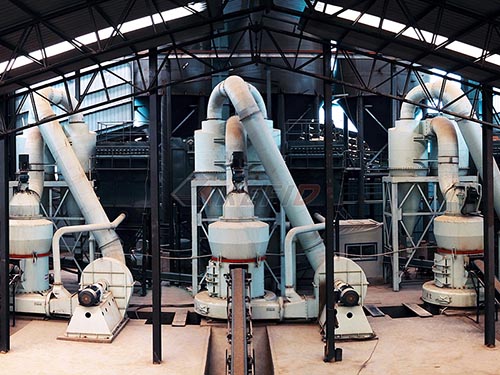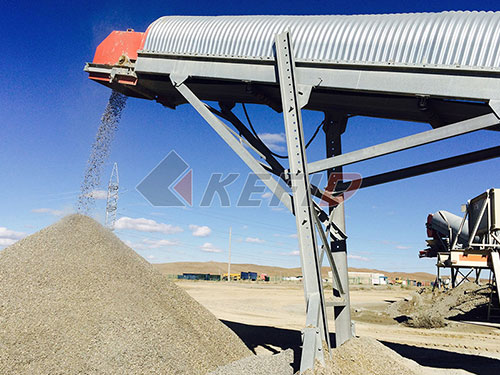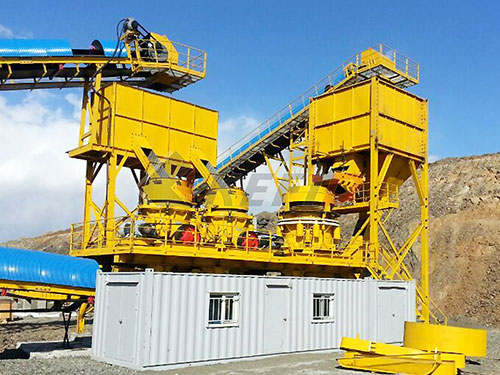Navigating the World of Cone Crushers: A Strategic Guide to Sourcing on Alibaba
The global mining, aggregate, and construction industries rely heavily on efficient size reduction equipment. Among these workhorses, the cone crusher stands out as a critical piece of technology for secondary and tertiary crushing stages. Its ability to produce consistently shaped cubical end products from hard rock makes it indispensable. For businesses worldwide seeking reliable crushing solutions at competitive prices, Alibaba.com has emerged as a pivotal marketplace connecting buyers with manufacturers globally. Understanding how to effectively navigate this platform for cone crusher procurement is essential.
Understanding Cone Crusher Fundamentals

Before delving into sourcing strategies, grasping core cone crusher technology is vital:
1. Operating Principle: A cone crusher operates by compressing rock between an eccentrically gyrating mantle liner fixed atop a rotating spindle and a stationary concave bowl liner housed within the outer frame assembly (“bowl”). As material enters the top feed opening (“feed hopper”), it’s drawn into the crushing chamber where compressive forces break it down.
2. Components & Mechanics:
Eccentric Assembly: Drives the gyratory motion of the main shaft/mantle.
Main Shaft: Transmits rotation from the drive system (belts/pulleys or direct drive) and supports the mantle.

Mantle & Concave Liners: Wear parts directly responsible for crushing; available in various alloys (manganese steel common) and profiles.
Hydraulic System: Modern crushers heavily rely on hydraulics for critical functions:
Adjustment: Changing the Closed Side Setting (CSS) – the smallest gap between mantle and concave at their closest point – controls product size.
Overload Protection: Releases tramp iron or uncrushable material via hydraulic cylinders lifting the main shaft/bowl assembly.
Cavity Clearing (“Tramp Release”): Allows rapid reset after an overload event without stopping operation manually.
Lubrication System: Ensures critical bearings operate reliably under heavy loads; often includes filtration and cooling.
3. Types of Cone Crushers:
Spring Cone Crusher: Older design using mechanical springs for overload protection; less common today due to limitations in automation and efficiency compared to hydraulics.
Hydraulic Cone Crusher (HCC): Features hydraulic cylinders supporting both

Leave a Reply